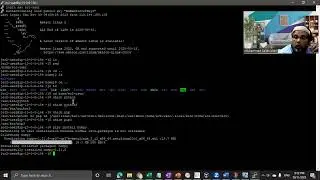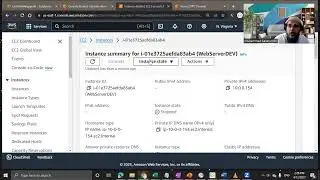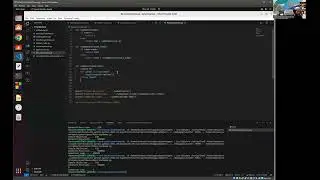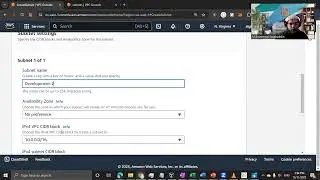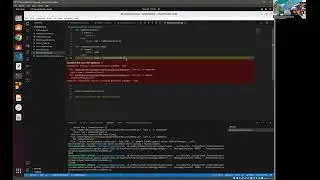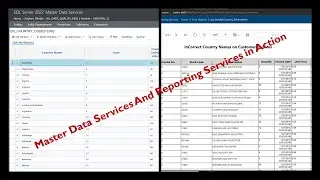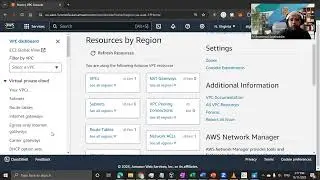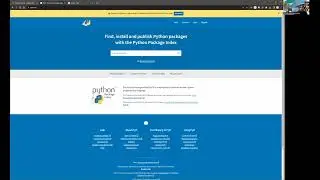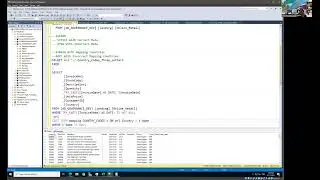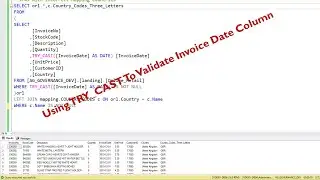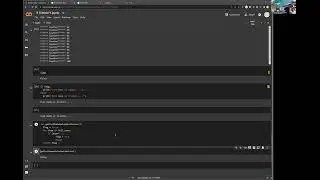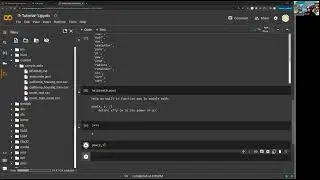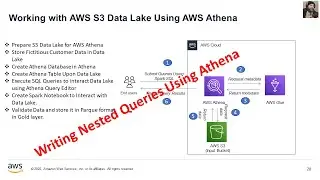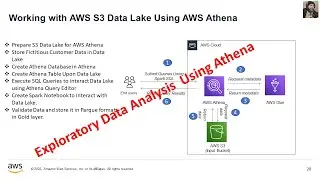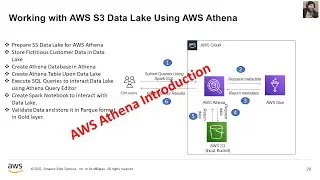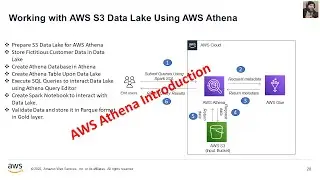A Brief Exploration of the Google Colab Environment for Python Development
Google Colab, short for Colaboratory, is a free, cloud-based platform provided by Google that allows for collaborative Python development. It offers an interactive environment, similar to Jupyter Notebooks, where you can write and execute Python code in a systematic and shareable manner. Key features include:
Cloud-Based Execution: Colab runs entirely in the cloud, eliminating the need for local installations or powerful hardware. Users can access and run notebooks from any device with an internet connection.
Free GPU Access: Colab provides free GPU access, which is advantageous for machine learning tasks. This allows users to execute GPU-accelerated libraries like TensorFlow and PyTorch without the need for local GPU hardware.
Collaboration: Colab allows multiple users to collaborate on the same document in real-time. Changes made by one user are immediately visible to others, making it an excellent tool for team projects.
Pre-installed Libraries: It comes pre-installed with many popular Python libraries, making it convenient for data science, machine learning, and other development tasks.
Integration with Google Drive: Colab is tightly integrated with Google Drive. You can save and share Colab notebooks directly to Google Drive, making it easy to organize and access your work.
Support for Various File Formats: Colab supports various file formats, including Jupyter notebooks. You can import/export notebooks in these formats, enhancing interoperability.
Educational Use: Colab is widely used in educational settings due to its ease of use and accessibility. It's an excellent tool for teaching and learning Python programming, data science, and machine learning.
In this video, I'll give a concise overview of utilizing the Google Colab environment for Python development.








